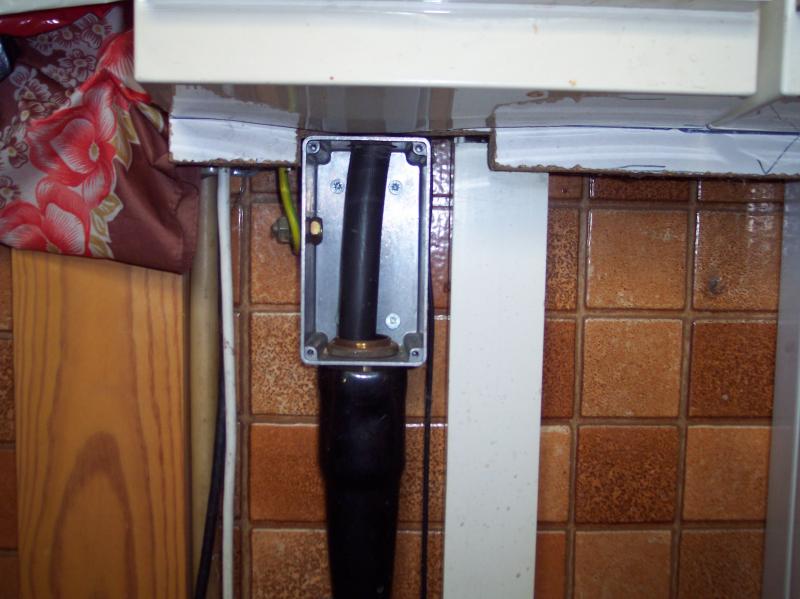- Joined
- 13 Nov 2010
- Messages
- 86
- Reaction score
- 0
- Country

Hi
My problem is I've purchased a double insulated high integrity Consumer unit. THerefore it doesn't bloody have any knockouts for terminating SWA. I'm going to fit an adaptable box so I can convert from SWA to 6mm T & E cable. Is this suitable for my urpose
http://www.screwfix.com/p/appleby-adaptable-box-knockout-box-galvanised-225-x-225-x-75mm/81294
Is it me or that adaptable box is rather expensive? I don't mind paying extra if it gets the job done though. Should give me plenty of room to work with!! Am gonna need it since my swa terminating skills are none existant!!! Might have to phone a friend
My problem is I've purchased a double insulated high integrity Consumer unit. THerefore it doesn't bloody have any knockouts for terminating SWA. I'm going to fit an adaptable box so I can convert from SWA to 6mm T & E cable. Is this suitable for my urpose
http://www.screwfix.com/p/appleby-adaptable-box-knockout-box-galvanised-225-x-225-x-75mm/81294
Is it me or that adaptable box is rather expensive? I don't mind paying extra if it gets the job done though. Should give me plenty of room to work with!! Am gonna need it since my swa terminating skills are none existant!!! Might have to phone a friend


